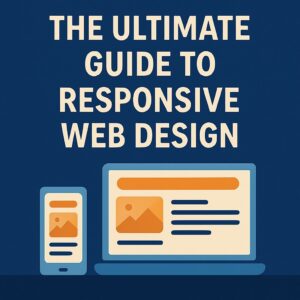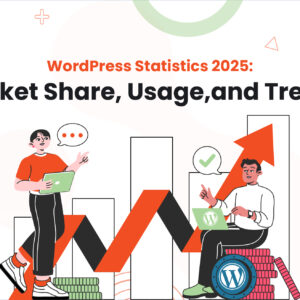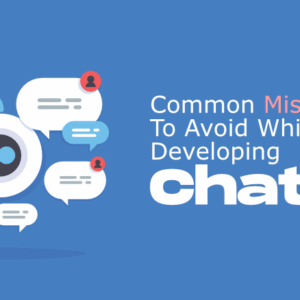Developing quality video content has long been a time-consuming and complicated affair. Each process takes time, expertise, and resources, from storyboarding and scriptwriting to camera, editing, and post-production. But all that’s changing with the emergence of the AI video creator app, turning this erstwhile challenging endeavor into a smooth, user-friendly, and even delightful experience. No matter your role, whether you’re a marketer, content creator, or business owner, AI software is now making it simpler than ever to go from idea to finished video in a fraction of the time.
The Old Way vs. the AI Way
Historically, video production involved coordination between several professionals—scriptwriters, videographers, editors, and graphic designers. Each process was separate and usually involved specialized software and many revisions. Even a short promotional video could take days or weeks to finish.
Enter AI video creation apps. These sites use artificial intelligence to mechanize most of the production process. With intuitive interfaces, pre-designed templates, automatically generated scripts, voiceovers, and intelligent editing tools, AI applications enable users to produce professional videos easily.
Streamlining Every Step of the Process
Here’s how AI video apps streamline every step of video-making:
- Ideation and Scripting
Most AI video platforms have scriptwriting capabilities built into them. Enter a subject or keywords, and the application can create a well-structured script that aligns with your audience. High-end models can even change the tone, length, and content type depending on the type of video — explainer, promo, tutorial, or testimonial.
- Visual Generation
With drag-and-drop layouts and editable templates, users can easily see their script. AI tools may also suggest appropriate stock footage, animations, or illustrations to match the video’s theme. This eliminates shooting new footage or employing graphic designers.
- Voiceovers and Audio
Artificially generated voice-overs have grown incredibly realistic. Users can pick from a palette of voices, accents, and languages to identify with their brand voice. The background music also gets automatically hinted or synced based on the video, removing one more time-intensive task.
- Editing and Post-Production
AI assists with transition, timing, text overlays, subtitles, and color grading. Specific platforms employ machine learning to read viewer engagement and adjust the final video for improved retention. Real-time preview and auto-resizing across various platforms (such as Instagram, YouTube, or TikTok) are standard options.
- Publishing and Optimization
Once done, AI apps tend to provide integrated features for uploading directly to social media or websites. Some even provide analysis tools that measure video performance and suggest future content.
Advantages Other Than Speed
The most visible benefit of using an AI video-making app is speed. However, advantages extend further:
- Cost-Efficient: No expensive production team or software license required.
- Accessibility: Anyone, at any skill level, can make professional-grade videos.
- Consistency: Templates and automation ensure consistency of the brand across videos.
- Scalability: Produce several videos for various campaigns, languages, or audiences with ease.
Is AI Right for Every Project?
Although AI video apps are great, they are not suitable for all applications. Human imagination continues to rule the roost for highly tailored, emotionally based content such as documentaries or premium commercials. However, AI solutions are an effective and efficient answer for most businesses, marketing, educational, or social media applications.
Conclusion
AI video production apps are changing how we approach video production from conception to delivery. By allowing us to make free AI video content, these tools allow us to transition from concept to completion quicker and cheaper. For companies and content creators who want to remain relevant in a video-first economy, adopting these tools isn’t just intelligent—it’s necessary.









